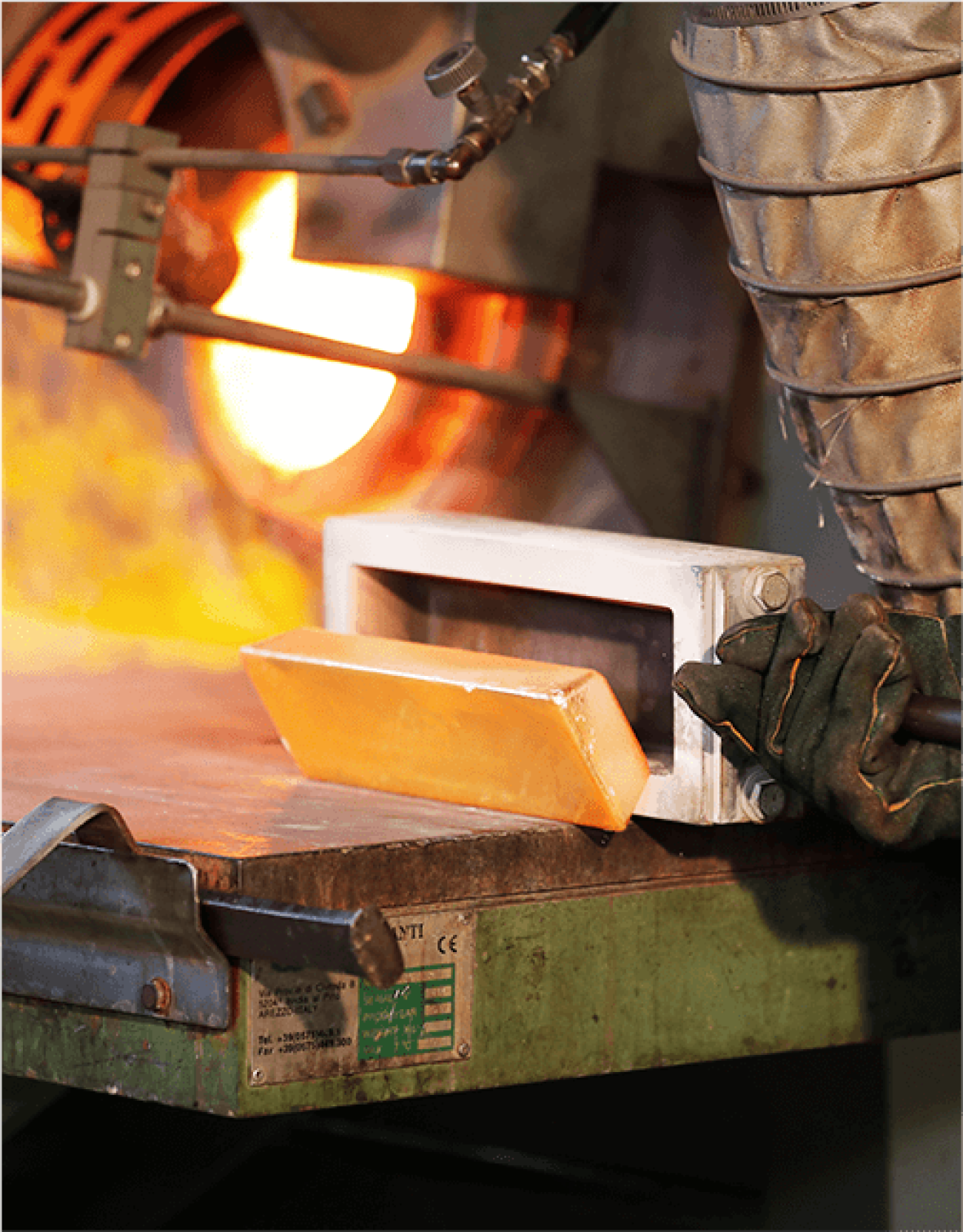Biomass contains much more than just the energy of the future

This technology is a continuous process based on the principle of dry carbonization. The dried biomass is passed through reactors heated to 500–700°C. Instead of being burned, it is first gently degassed and then carbonized by selectively adding air. This completely sanitizes the biomass.
At the same time, the transport of the material in the reactor via screw conveyors ensures complete carbonization, thus preventing the formation of pollutants such as PAHs and dioxins. Since treatment parameters such as temperature control, residence time during carbonization, and primary air supply can be precisely controlled in this process, biochar, feed charcoal, activated carbon, and phosphorus fertilizers of the highest quality can be produced.
This technology is a continuous process based on the principle of dry carbonization. The dried biomass is passed through reactors heated to 500–700°C. Instead of being burned, it is first gently degassed and then carbonized by selectively adding air. This completely sanitizes the biomass.
At the same time, the transport of the material in the reactor via screw conveyors ensures complete carbonization, thus preventing the formation of pollutants such as PAHs and dioxins. Since treatment parameters such as temperature control, residence time during carbonization, and primary air supply can be precisely controlled in this process, biochar, feed charcoal, activated carbon, and phosphorus fertilizers of the highest quality can be produced.

No problematic substances
Because the combustible gases produced in the reactors are decoupled from the material and completely combusted in a downstream combustion chamber through flameless oxidation at approximately 1,000°C, the process produces little thermal NOx. Furthermore, no hazardous substances such as oils or tars are produced, as the carbonization gas is not cooled but thermally purified through complete oxidation in the afterburner chamber. During sewage sludge processing, the acidic pollutants are removed from the exhaust gas in an alkaline flue gas scrubber in a downstream exhaust gas purification stage, and volatile sewage sludge components such as mercury are adsorbed on an activated carbon filter.
Usable energy – autothermal process
Carbonization is also autothermal. This means that only a small amount of external start-up energy is required, and subsequently, only the energy contained in the introduced biomass is used to maintain the process. For this purpose, the hot flue gases from the combustion chamber are directed into the reactor shell, which leads to the complete drying and carbonization of the biomass. Furthermore, an energy surplus is generated in the form of heat, which can be used, for example, for drying moist biomass or for heating